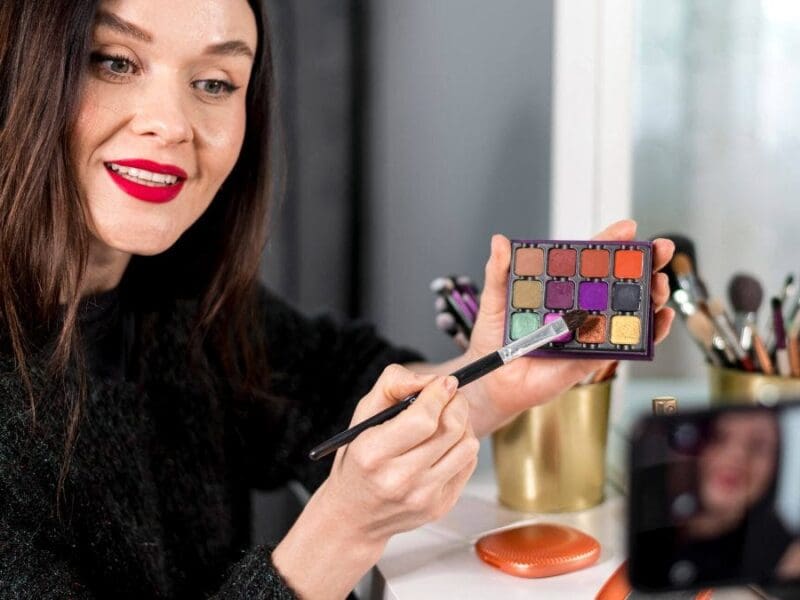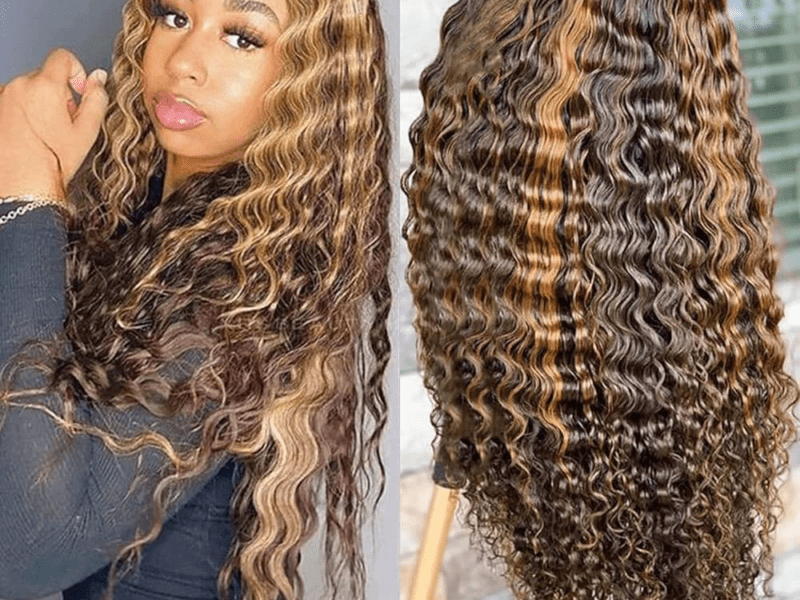
Fashion Show Planning and Preparation
Planning and preparing for a fashion show involves several key steps to ensure its success. Here is a general guide on how to plan and prepare for a fashion show:
Determine the overall concept and theme of the fashion show. This can be based on a specific designer, trend, season, or any other creative inspiration.
Create a mood board or visual representation to help guide the direction of the show.
Budgeting:
Set a budget for the fashion show, considering expenses such as venue rental, lighting, sound, models, makeup artists, stylists, music, decorations, and marketing.
Venue Selection:
Find a suitable venue that aligns with the concept and theme of the fashion show. Consider factors like capacity, location, runway length, backstage area, dressing rooms, and accessibility.
Team Formation:
Assemble a team including a fashion show director, event coordinator, backstage manager, stylist, makeup artist, hairdresser, and volunteers. Assign roles and responsibilities to each team member.
Designer and Model Recruitment:
Invite designers to showcase their collections in the fashion show. Hold auditions or castings to select models who fit the aesthetic of the show and the designers’ requirements.
Runway and Backstage Setup:
Arrange for a professional runway installation, ensuring it meets the dimensions and specifications required for the show.
Set up a backstage area with sufficient space for models, stylists, and makeup artists. Include adequate mirrors, clothing racks, and seating.
Choreography and Rehearsals:
Create a detailed choreography plan for the models’ walks, poses, and timing.
Schedule rehearsals to ensure that models, stylists, and the production team are familiar with the show’s flow and transitions.
Hair, Makeup, and Styling:
Coordinate with stylists, makeup artists, and hairdressers to develop looks that complement the fashion collections and theme.
Conduct hair and makeup trials to finalize the desired looks.
Music and Lighting:
Select appropriate music tracks that enhance the mood and ambiance of the show.
Collaborate with lighting experts to create a lighting design that accentuates the outfits and sets the desired atmosphere.
Promotion and Marketing:
Develop a comprehensive marketing strategy to promote the fashion show, including social media campaigns, press releases, collaborations, and ticket sales.
Dress Rehearsal:
Conduct a full dress rehearsal to simulate the actual fashion show, allowing the team to identify and address any issues or adjustments needed.
Show Day Execution:
Ensure all team members are well-prepared and arrive on time.
Coordinate backstage operations, including model lineup, outfit changes, hair and makeup touch-ups, and runway cues.
Oversee front-of-house activities, including ticketing, guest seating, and any VIP arrangements.
Address any last-minute challenges that may arise during the show.
Remember, these steps provide a general framework for planning and preparing a fashion show. Adapt them according to your specific needs, timeline, and resources to create a memorable and successful event.
Photography and Videography:
Arrange for professional photographers and videographers to capture high-quality images and videos of the fashion show.
Coordinate with them to ensure they have access to the runway and backstage areas for optimal coverage.
Guest Management:
Develop a guest list and send out invitations or tickets to industry professionals, fashion influencers, celebrities, press members, and potential buyers.
Organize a check-in or registration system to manage the arrival of guests and provide them with necessary information or materials.
Sponsorships and Collaborations:
Seek potential sponsors or partners who can provide financial support, in-kind contributions, or collaborations for the fashion show.
Negotiate sponsorship agreements, ensuring mutual benefits for both parties.
Dressing and Garment Care:
Establish a system to manage the dressing and care of garments before and after the fashion show.
Arrange for garment racks, steamers, irons, and sewing kits to handle any last-minute alterations or repairs.
Backstage Communication:
Implement a clear communication system backstage to ensure smooth coordination between the team members.
Use headsets or walkie-talkies to relay instructions, cue music, and address any emergencies or changes.
Security and Safety Measures:
Prioritize the safety and security of everyone involved in the fashion show.
Coordinate with venue security and establish protocols to handle emergencies, crowd control, and any potential risks.
Show Flow and Timing:
Create a detailed show flow schedule, including the order of designers, models, and music cues.
Allocate specific time slots for each segment to ensure the show runs smoothly and stays on schedule.
Post-Show Activities:
Organize post-show activities like a networking event, after-party, or an opportunity for designers to showcase their collections to potential buyers.
Collect feedback from designers, models, team members, and attendees to assess the success of the show and identify areas for improvement.
Remember to adapt and customize these steps to suit your specific fashion show requirements and goals. With careful planning and preparation, your fashion show will be a remarkable event that showcases the creativity and talent of designers while leaving a lasting impression on attendees.







